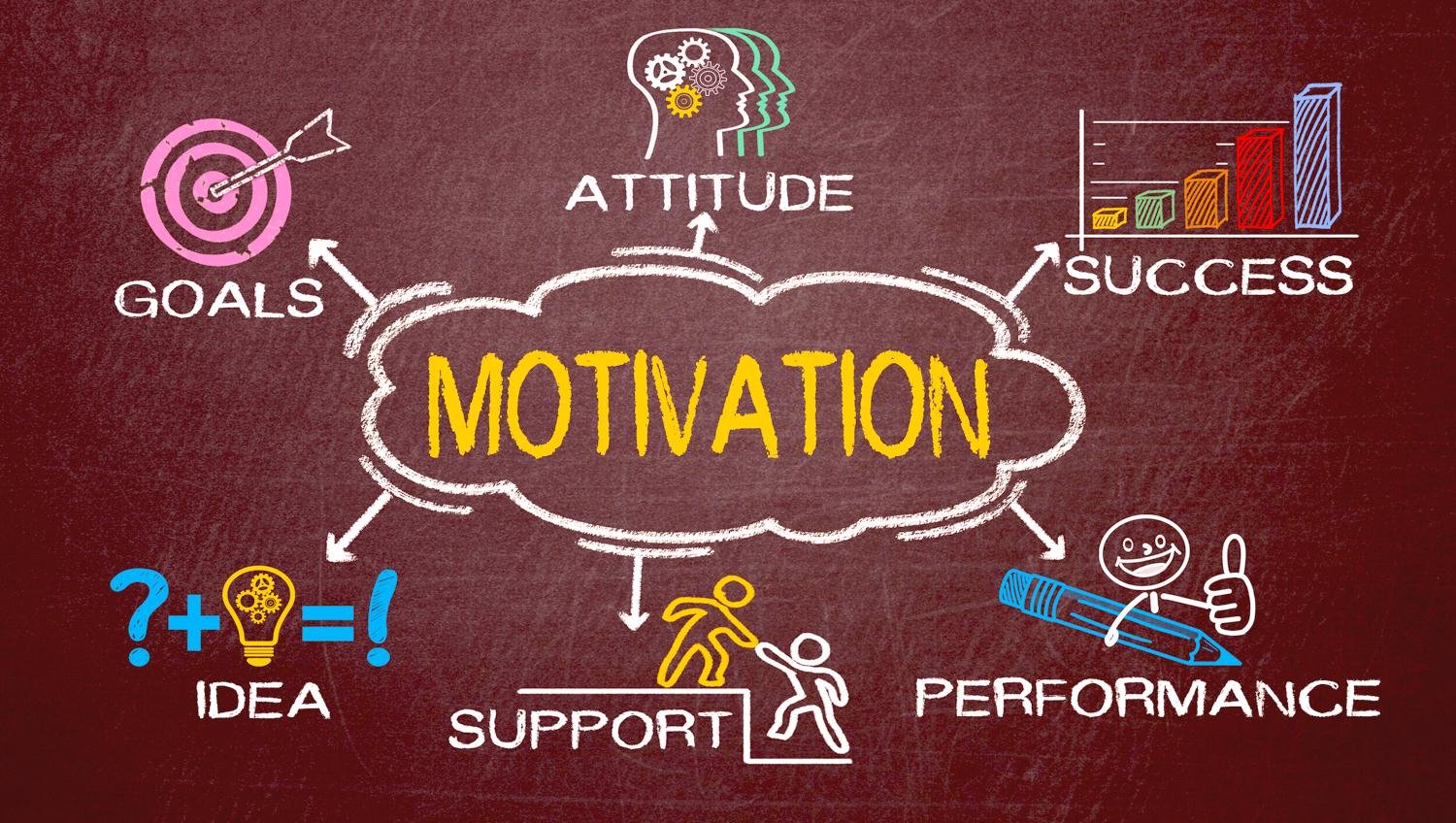Exploring Data Collections Techniques: A Comprehensive Guide

In the contemporary digital landscape, data has evolved into the lifeblood of businesses, steering decision-making processes and sculpting strategic directions. This article serves as a detailed exploration into the realm of data collection techniques, catering to both beginners and seasoned professionals seeking to enhance their understanding.
Table of Contents
ToggleData Collections Techniques
Data collection techniques encompass a wide array of methodologies, each offering unique advantages and suited to specific scenarios. Whether it’s quantitative approaches like surveys and measurements or qualitative methods such as interviews and content analysis, choosing the right technique is paramount. In the following exploration, we will navigate through the intricacies of these techniques, examining their applications, strengths, and potential challenges.
Types of Data Collection Techniques
Quantitative Data Collection Methods
Surveys and Questionnaires
Surveys and questionnaires stand out as fundamental tools for gathering quantitative data. These instruments provide researchers with an efficient means to accumulate a substantial volume of structured data. The simplicity of administering surveys makes them a popular choice across various research domains.
Read More: 10 Best Data Science Courses to Apply in 2023
Observations and Measurements
When the aim is to obtain objective and measurable data, researchers turn to observations and measurements. This method proves invaluable, particularly in scientific studies and experiments where precision is paramount. By systematically recording observations and taking measurements, researchers can derive quantitative insights.
Existing Data Analysis
Opting for a cost-effective approach, researchers often delve into existing data sets for analysis. This method eliminates the need for fresh data collection, enabling the extraction of valuable insights from pre-existing information. This approach is especially advantageous when historical data can provide relevant context.
Qualitative Data Collection Methods
Interviews
For delving into the depth and context of qualitative data, interviews emerge as a powerful tool. Engaging directly with participants allows researchers to explore nuances, gaining a more profound understanding of the subject matter. Interviews provide a platform for open-ended discussions that uncover rich information.
Focus Groups
Bringing together a small group of individuals for discussion, focus groups facilitate interactive data collection. This method proves particularly useful for exploring diverse perspectives and gaining insights into group dynamics. The interactive nature of focus groups often reveals perspectives that may remain hidden in one-on-one interviews.
Content Analysis
In the realm of media and communication studies, content analysis is a prevalent method for examining and interpreting textual, visual, or audio content. This approach enables researchers to uncover patterns, themes, and meanings within the content, contributing to a deeper understanding of communication dynamics.
Choosing the Right Technique for Your Needs
The key to effective data collection lies in selecting the appropriate method for the research at hand. Researchers must consider factors such as the research question, available resources, and the nature of the data. Tailoring data collection methods to align with specific research goals enhances the overall effectiveness of the study.
Common Challenges in Data Collection
Despite its paramount importance, data collection is not without challenges. Researchers often grapple with bias, inaccuracies, participant reluctance, and ethical considerations. Acknowledging and addressing these challenges are vital steps towards ensuring the validity and reliability of the collected data.
Overcoming Data Collection Challenges
Addressing challenges in data collection requires a multi-faceted approach. A robust study design, characterized by meticulous planning and methodology, is essential. Transparent communication with participants, along with the establishment of trust, helps mitigate participant reluctance. Adherence to ethical guidelines is non-negotiable and serves as a cornerstone in overcoming obstacles associated with data collection.
Technological Advances in Data Collection
The digital age has ushered in a wave of technological innovations that are revolutionizing data collection methodologies. Artificial Intelligence (AI) and machine learning are playing pivotal roles, automating processes and enhancing the efficiency of data gathering. Additionally, the use of blockchain ensures secure data collection, addressing concerns related to data integrity and privacy.
Best Practices for Efficient Data Collection
Ensuring the efficiency of data collection involves adhering to best practices. Clear communication with participants is paramount, providing them with a thorough understanding of the research objectives and procedures. Training for data collectors, including familiarity with the chosen methods, enhances the accuracy and consistency of data collection. Regular quality checks serve as a preventive measure, identifying and rectifying issues promptly.
Data Collection in the Digital Age
The emergence of big data analytics has transformed the landscape of data collection. Businesses now harness vast datasets to derive meaningful insights, driving strategic decision-making. Social media has evolved into a potent source of data, offering a wealth of information on consumer behaviors and preferences. However, the digital age also brings forth concerns related to privacy and regulations that demand careful consideration.
Case Studies: Successful Data Collection Techniques
Data Collections Techniques: Illustrating successful data collection techniques through real-world case studies provides practical insights. Examining instances where various methods were applied showcases their real-world applicability and effectiveness. These case studies offer valuable lessons and learnings that can guide researchers in optimizing their data collection strategies.
Future Trends in Data Collection
Data Collections Techniques: Looking ahead, the future of data collection is marked by exciting trends. The integration of Internet of Things (IoT) devices opens up new avenues for data gathering, especially in real-time scenarios. Predictive analytics is poised to play a more significant role, enabling organizations to anticipate trends and make proactive decisions. Personalized data collection experiences, tailored to individual preferences, represent a shift towards more targeted and efficient data gathering.
Conclusion
In conclusion, effective data collection remains imperative for informed decision-making. As technology continues to evolve, so do the methods and challenges associated with data collection. Staying abreast of these developments is crucial for researchers and businesses alike, ensuring they can harness the full potential of their data in a rapidly changing landscape.
Read More: The Evolution of Network Security Protocols
FAQs
Why is data collection important?
Data collection is crucial as it serves as the foundation for informed decision-making, guiding strategies and actions.
What challenges do researchers face in data collection?
Researchers commonly encounter challenges such as bias, inaccuracies, participant reluctance, and ethical considerations during the data collection process.
How can researchers overcome data collection challenges?
Overcoming challenges requires a multifaceted approach, including robust study design, transparent communication, and adherence to ethical guidelines.
What technological advances are shaping data collection?
Technological advances such as AI, machine learning, automation, and blockchain are revolutionizing data collection, enhancing efficiency and security.
What does the future hold for data collection?
The future involves trends like IoT integration, predictive analytics, and personalized data collection experiences, offering new possibilities and challenges.







